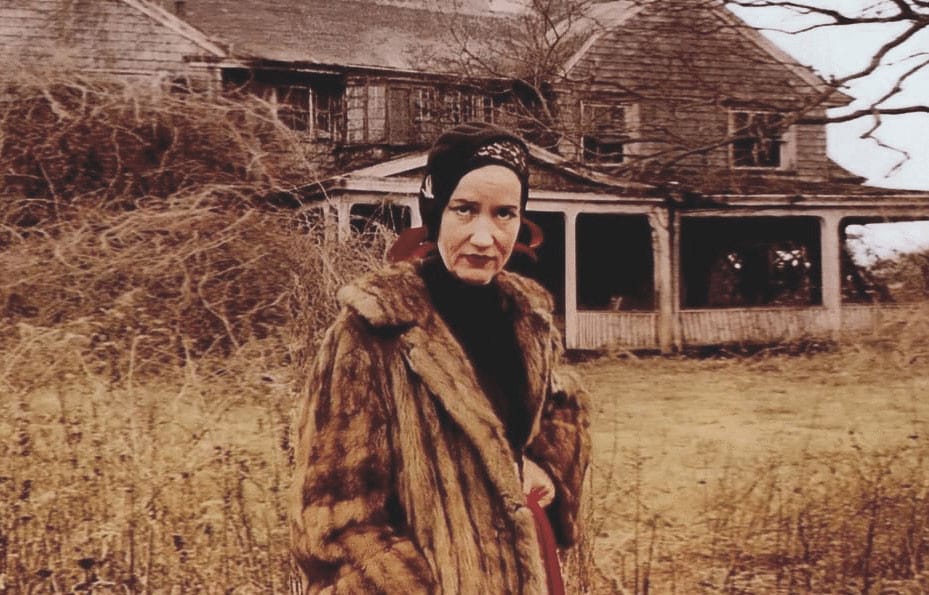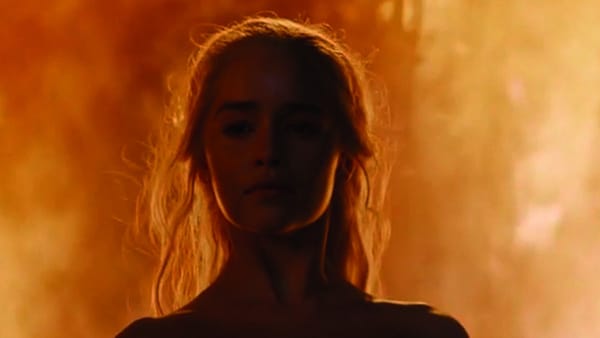Documentary corner: Grey Gardens
Our regular film column

Edith Bouvier Beale, or Little Edie, is a staunch character. S-T-A-U-N-C-H. She doesn’t weaken, no matter what. That’s what she tells directors Albert and David Maysles, whose 1975 feature documentary Grey Gardens captured Little Edie’s spirit – once a young socialite on the town, now living in a dilapidated mansion in East Hampton, losing her hair, and surrounded by cats. Grey Gardens takes its name from the house in which Little Edie lives with her mother – Edith Ewing Bouvier Beale, or Big Edie – but really it is the two women, and their dysfunctional relationship, which lies at the heart of the film.
Pushing their unique, daring brand of direct cinema, the Maysles brothers first heard about the two Edies in the early 1970s, when the squalid conditions in the house were brought to light – by the New York Magazine no less. You see, Big Edie was the aunt of Jacqueline Onassis, the widow of JFK, and America’s all-round sweetheart, making Little Edie her cousin. But while Jackie O was living a life of luxury, the Edies had fallen from grace spectacularly. Cooped up in the mansion with innumerable cats and an infestation of raccoons, the two women fight and bicker, screeching at each other in high-class New York accents; their relationship is one of complete dependence – despite all their fighting, it is clear that neither would last long without the other. Both had dreams of stardom – Big Edie with a singing career, Little Edie with her dancing – but now they are confined to showing off to the Maysles, who are afforded a privileged glance into their world.
Big Edie spends much of her time in her bed, eating boiled corn and pâté, so it’s Little Edie who eats up the majority of screen-time. She’s a true eccentric; coming out of the house one morning, she talks the brothers through her outfit: ‘the best thing is to wear pantyhose, under a short skirt, and then you can pull the stockings up over the pants, and you can always take off the skirt and use it as a cape…so I think this is the best costume of the day…mother wanted me to come out in a kimono, so we had quite a fight’. The whole film is shot through with such moments, from her reading her astrology book – ‘all I have to do is find this Libra man’ – to telling us about her interests – ‘I only care about three things: the Catholic Church, swimming, and dancing’ – everything Little Edie says is a complete gem.
But ultimately, Little Edie is much much more than just a collection of quotes and quirks wearing a headscarf: she’s a living, breathing person, one whose life has been peppered with disappointment, despondency, and unfulfilled dreams. The Maysles treat her and her mother with complete respect, conferring the women a dignity that the press would not offer them. While some would call their work exploitative, the softly-spoken presences behind the camera are so adept at letting us see the Edies’ world, allowing us to empathise deeply with them, that the finished result is one of admiration and complete acceptance. So ensconced are we in the Edies’ world, that when they invite a couple of outsiders in for a birthday meal, it’s the regular folk who end up looking strange. Grey Gardens is a film for all those who don’t fit in with society. For all the Little Edies of the world. For all the staunch characters.









